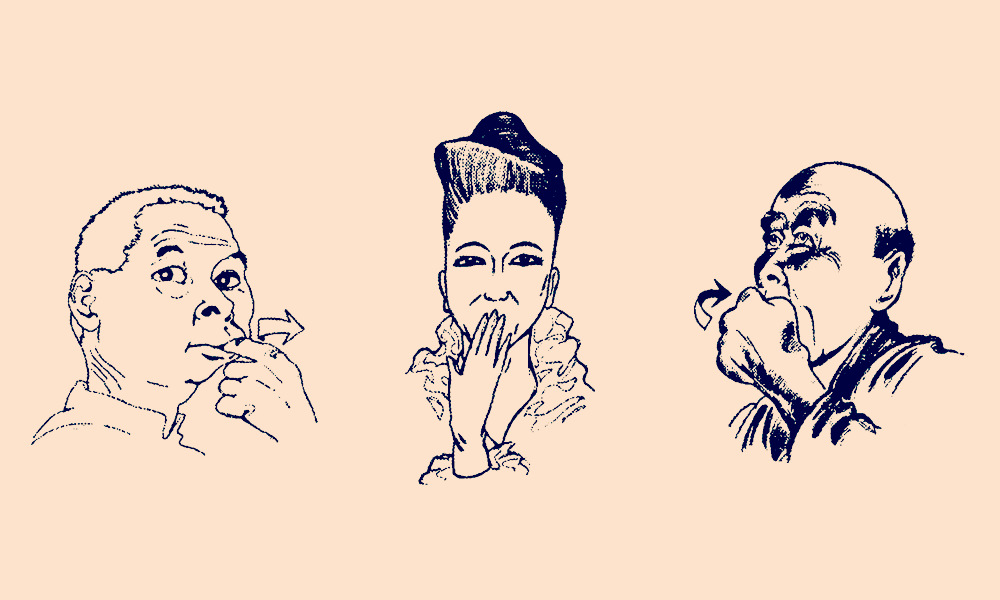Core Concepts
The author delves into the intricate meanings behind mouth gestures worldwide, highlighting their cultural significance and nuances.
Abstract
This detailed guide explores the diverse meanings of mouth gestures across different cultures. From expressions of hunger and thirst to conveying admiration or respect, each gesture carries a unique message. The author, François Caradec, provides insightful commentary on the symbolism and interpretation of these non-verbal cues, shedding light on the rich tapestry of communication through gestures.
Customize Summary
Rewrite with AI
Generate Citations
Translate Source
To Another Language
Generate MindMap
from source content
Visit Source
thereader.mitpress.mit.edu
An Illustrated Guide to Mouth Gestures and Their Meanings Around the World
Stats
"In 1971, American psychologist Paul Ekman distinguished seven primary meanings for the facial expressions: happiness, anger, surprise, sadness, disgust, contempt, and fear."
"François Caradec (1924–2008) was a French writer and a member of both the Collége de ‘Pataphysique and the Oulipo."
Quotes
"Silence. Do not make noise; be quiet."
"Astonishment. A universal expression, according to Darwin."
"Admiration. To blow someone a kiss."
Key Insights Distilled From
by The Mit Pres... at thereader.mitpress.mit.e... 05-29-2023
https://thereader.mitpress.mit.edu/an-illustrated-guide-to-mouth-gestures-and-their-meanings-around-the-world/
Deeper Inquiries
How do cultural differences influence the interpretation of mouth gestures?
Cultural differences play a significant role in influencing the interpretation of mouth gestures. For example, in the Arab world, blowing on the finger signifies silence, while in other cultures, it may have different meanings. The gesture of sucking one's thumb can symbolize immaturity or lying depending on the culture. Additionally, expressions like smiling or kissing can vary in significance across different societies. These variations highlight how cultural norms and values shape the understanding and perception of mouth gestures.
What role do historical contexts play in shaping the meaning behind specific gestures?
Historical contexts are crucial in shaping the meaning behind specific mouth gestures. For instance, gestures like placing a kiss on one's fingertips and blowing it towards someone have been used historically as a sign of admiration or adoration. Understanding these historical origins helps to grasp why certain gestures carry particular connotations today. Moreover, some gestures may have evolved over time due to changing societal norms and influences from various historical events or figures.
How can non-verbal communication through mouth gestures enhance cross-cultural understanding?
Non-verbal communication through mouth gestures can enhance cross-cultural understanding by providing insights into different cultures' values, beliefs, and emotions. By recognizing and interpreting these subtle cues, individuals can better navigate intercultural interactions with sensitivity and respect. Mouth gestures offer a universal language that transcends verbal barriers, allowing for meaningful connections between people from diverse backgrounds. Through awareness and appreciation of these non-verbal cues, individuals can foster empathy and mutual understanding across cultures.
0
